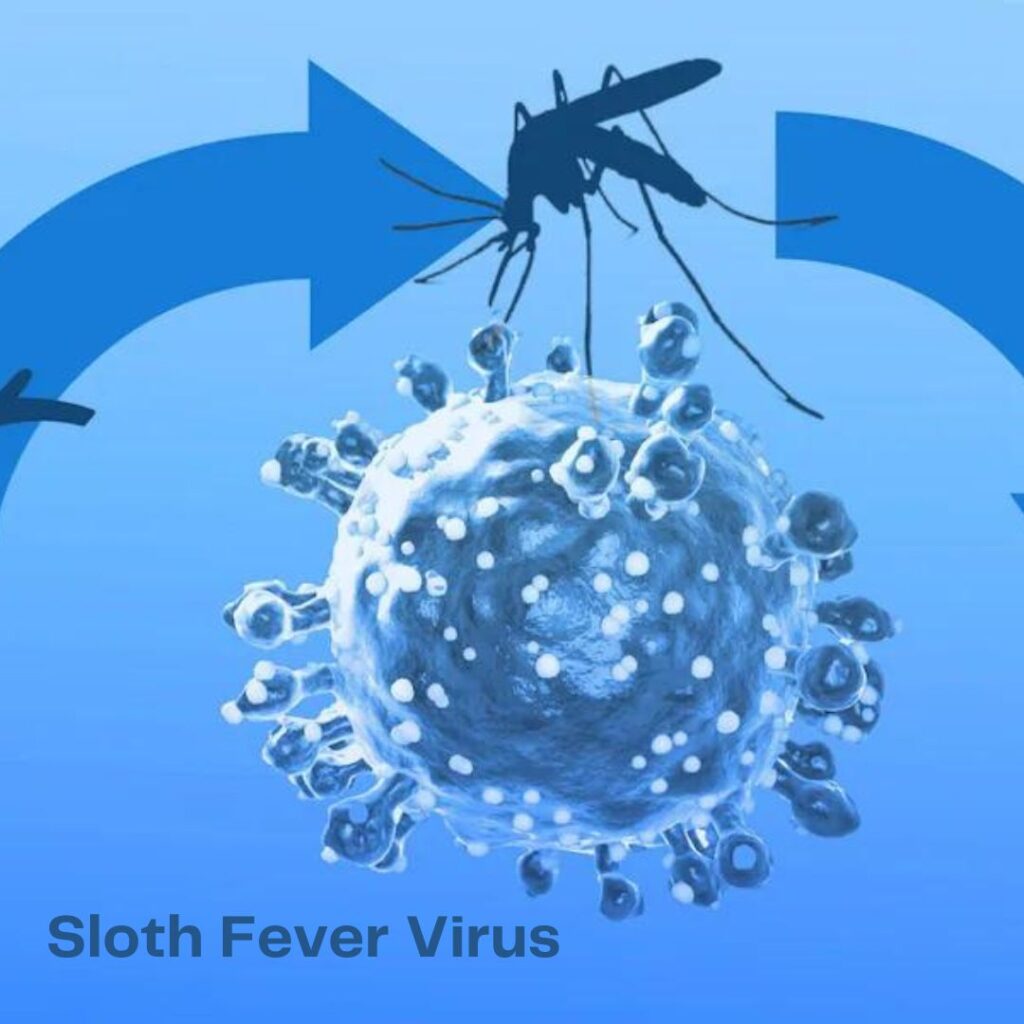Sloth Fever Virus: Emerging Threat Potential Global Impact . This a newly discovered virus and slowly becoming a cause of concern among medical and scientific circles. Since this virus only recently emerged there is still a lot more that needs to be uncovered about it . However initial findings indicate that it can cause a rather large impact on both human beings and animals.
In this post readers will get an insight into the Sloth Fever Virus . Where it comes from, how it presents, through which ways it spreads and other details about it that deserve attention. Further we are going to focus on its comparison with other viruses and actions . That may taken to reduce the threat.
Transmission of Sloth Fever Virus Futhermore Sources and Discovery
Sloth Fever Virus first discovered in a rather isolated area within the Amazon basin . Where the virus seemed to predominantly effecting the sloths in the area. It found as scientists researched the deteriorating condition of such animals . Hoping to boost their slow metabolism and weak muscles. It also given the name of “Sloth Fever Virus”. Because sloths found to the natural host of this virus and also . Because it leads to fever in the infected persons.
At the start of the disease the virus believed to affect only sloths . But cases of transmission to other animals, and perhaps humans, have been made. Specific source of virus remain unknown but they thought to have transmitted directly from animals . This possibly through contact with infected sloths.
Symptoms and Health Impacts
Common signs of Sloth Fever Virus in people are flu-like . Where in the affected persons experience high fever, muscle weakness, and / or intense headaches. Symptoms which are more severe may be respiratory problems, nausea, and vomiting. It is worse than other viruses because it is serious due to the duration which people experiencing . The flu like symptoms have been reporting to have them up to weeks.
In animals, especially in sloths, the virus is quite dangerous . It results to severe dehydration, weakness, and at times, death. It also reveals the fact that sloths have a slow metabolism meaning that their bodies cannot easily combat infections.

Transmission and Spread
The Sloth Fever Virus said to acquired after coming into contact with infected animals especially the sloths. People who are in contact with infected sloths or get close to such animals are likely to get the virus. There are also proofs which suggest that one can be infected after touching or coming into contact . With a contaminated surface although this is rare.
Evidence of direct transmission from one person to another has not obtained yet . But there are fears that the virus may mutate to spread from one person to another more easily. This scenario is an illustration of the need for early detection as well as containment measures. With a view to thwart a possible epidemic.
Detailed Table: Sloth Fever Virus has introduced earlier in . This text in terms of its Diagnosis, Clinical Features as well as Transmission patterns . The following section of this text.
| Category | Details |
| Name | Sloth Fever Virus |
| First Identified | Amazon Rainforest |
| Primary Host | Sloths |
| Symptoms in Humans | Fever, fatigue, muscle aches, headaches, respiratory issues, nausea |
| Symptoms in Animals | Dehydration, weakness, severe illness in sloths |
| Transmission | Direct contact with infected animals, possibly through contaminated surfaces |
| Human-to-Human Spread | Not conclusively proven but possible |
| Risk Factors | Close contact with sloths, handling of infected animals |
| Prevention | Avoiding contact with sloths, proper sanitation, monitoring of symptoms |
| Current Research | Ongoing studies to understand transmission, potential treatments |
Prevention and Safety Measures
To control the situation and avoid the further spreading of the Sloth Fever Virus it is necessary to use informational methods, personal hygiene and to adjust the observation of possible cases. Sloths hostile animals, therefore individuals who come into near contact with the animals like researcher or conservationists need to be very careful.
Use of protective clothing wearing of gloves hand washing or use of hand sanitizers after handling the sloths minimizes the chances of getting infect.
The general public must avoid contact with sloths hence distancing especially from areas where the virus has been noticed. Besides if anyone feels sick after interacting with sloths then it recommended that he or she do so with the assistance of a doctor immediately.
Present Studies and Future Trends
Due to its impact on the health of the sloths, researchers are still investigating the mode of transmission of the Sloth Fever Virus, cure and any other effects that the disease may have in the long run. Mapping of virus’ genes done with aim of discovering more on the virus in order to establish how it spreads and how it can be prevented.
It is also necessary to create prevention means, or rather a vaccine, for this virus, but it is still in the experimental stage now. Meanwhile, the medical professionals and public health workers are keeping watch and urging people who have some form of vulnerability to avoid the risks.

Conclusion:
This is why there is increasing concern for the Sloth Fever Virus.
The phenomenon of appearance the virus of the Sloth Fever is a vivid example of the fact that the history of infectious diseases is rather contradictory. So far the virus is silent and there is still lots to learn about it however it is not only dangerous for people but also animals.
This particular threat can only accorded a fitting response through early detection effective precaution and constant search for more and relevant research.
This research encourages people of the world to updated about the virus and prevent situations where it has identified. The spread of the Sloth Fever Virus can also stopped from reaching to the extent . Where it cannot controlle anymore and therefore its effects on both humans and animals can also minimized to a certain level.
Frequently Asked Questions
What is this Sout Hewres Virus?
SIV or Sloth Fever Virus is a new virus that known to infect only sloths but can potentially infect humans too, this virus found in the Amazon rainforest.
What are the life cycle transmission or mode of transmission of the Sloth Fever Virus?
The source of the virus infection through direct contact with the live infected sloths or contaminated objects. The virus can transmitted from birds to humans but there no concrete record of one human to another transmission though it suspected to possible.
What are clinical symptoms of human infected with Sloth Fever Virus?
Some of the signs of infection include high fever, weakness, muscle pains, joint pains, head aches and in the case of a severe infection respiratory symptoms, nausea and vomiting.
What measures can I take to ensure I do no contract the Sloth Fever Virus?
To reduce the risk of getting infected by this virus one should avoid any contact with sloths particularly in areas that the virus known to have found and proper washing of hands.
